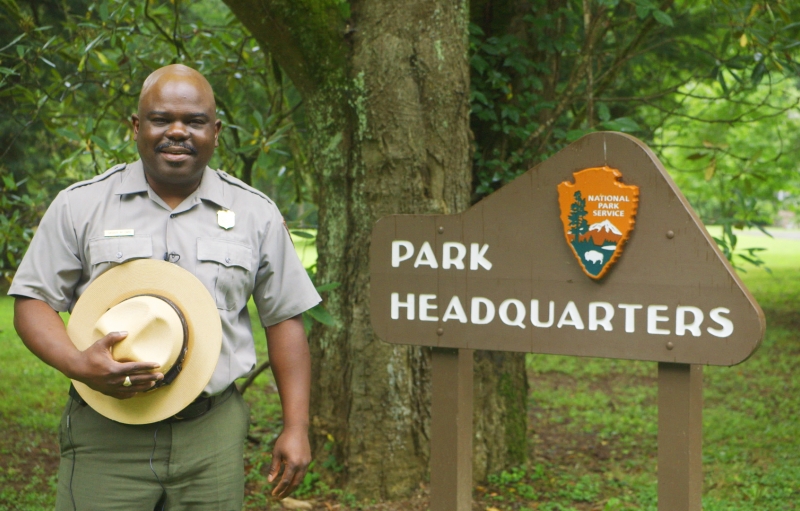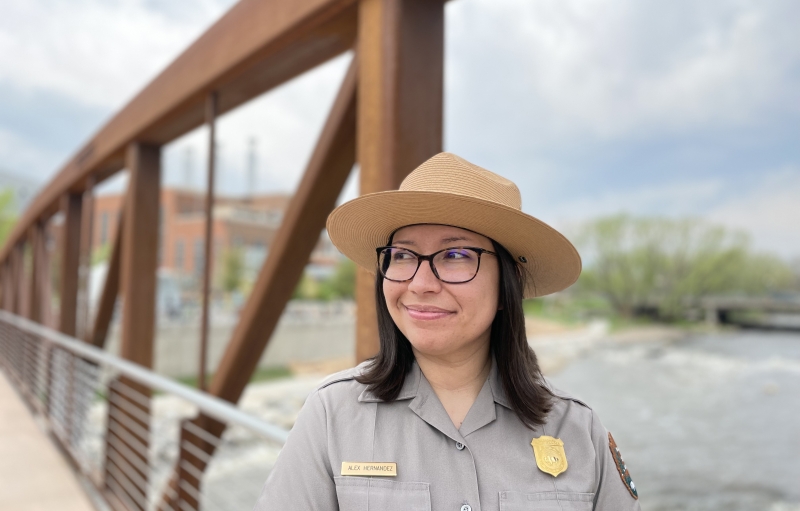During the gold rush, boomtowns popped up on the edges of "the Last Frontier." Skagway in Southeast Alaska was an important port on the route to the gold fields. It was considered a lawless community swarming with gold hungry stampeders. A remarkable African American unit in the U.S. Army, known as the Buffalo Soldiers, was brought in to bring order to this growing community.
Arriving in May of 1899, the Buffalo Soldiers of Company L, part of the 24th Infantry Regiment, were tasked with bringing law and order to the community of Skagway. They escorted deserters back to ships, maintained a presence along the then-disputed U.S.-Canadian border, and sought to provide support during disputes between the white settlers and Tlingit people.
At the same time, the soldiers also faced discrimination from the very people they were charged with protecting. In 1900, objections were raised when 30 of the Buffalo Soldiers tried joining the local Y.M.C.A. as members did not wish to have the club integrated. The local Sunday school was segregated, and the Vaudeville shows in Skagway continued portraying racist stereotypes.
The Buffalo Soldiers of Company L played a vital role during the three years they were stationed in Skagway and Dyea before being reassigned to Fort Missoula, Montana in 1902. Both communities would eventually become part of Klondike Gold Rush National Historical Park, commemorating one of the most spectacular gold rushes in history.
These patriots left a legendary legacy of protecting communities and preserving the beauty of the land for us all to enjoy today. We continue to stand in the footsteps of our history and shine a light on the stories of African American heritage in our national parks.
This inspiring video, produced by the National Park Service and National Park Foundation, invites you to learn more about the Buffalo Soldier's legacy and #FindYourPark / #EncuentraTuParque to stand where our heroes stood.




